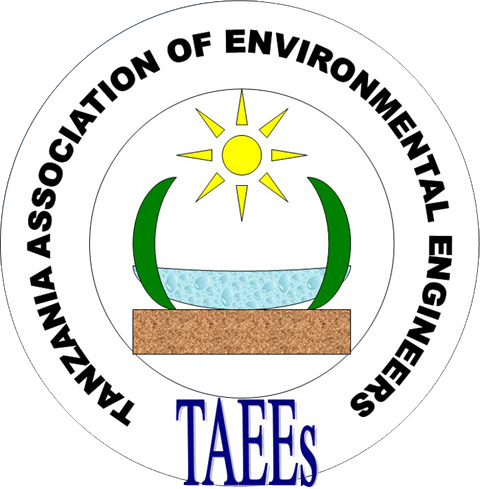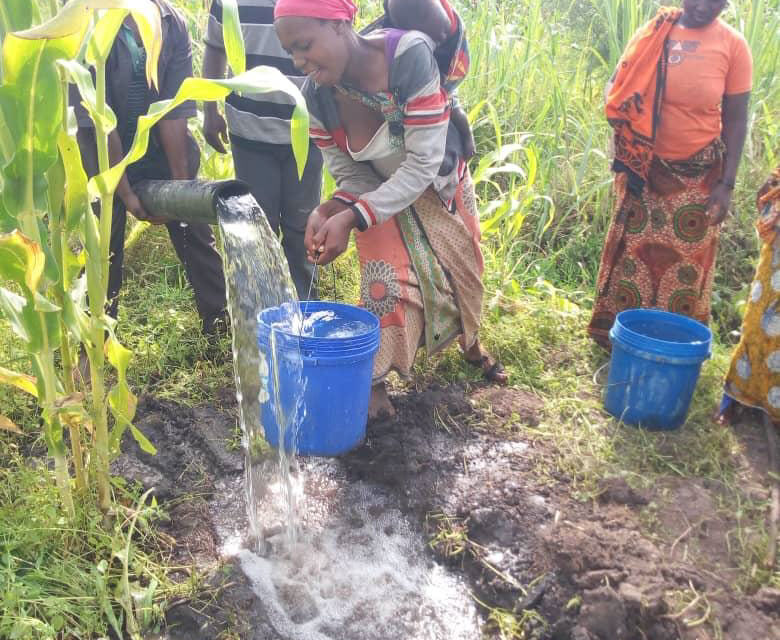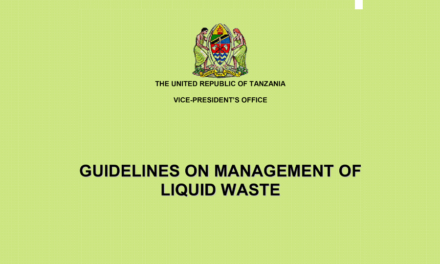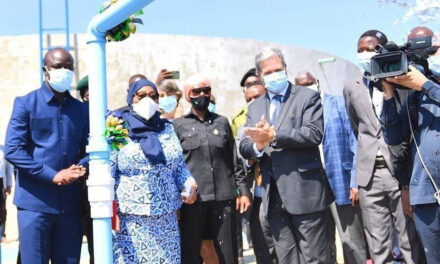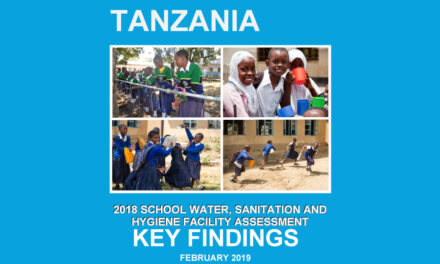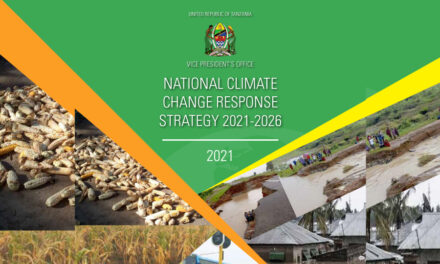This Water Sector Status Report covers a period of five years from 2015 to 2020. It consolidates the progress and issues on the components constituting the water sector. The report addresses the challenges and sustainable solutions of water resources management,
water supply and sanitation, institutional strengthening and performance monitoring in comprehensive and integrated manners. It encompasses the historical context and reforms on the sector from pre-independence building on a horst of knowledge up to the current status. The core appraisal of the sector is mainly covering the period of 2014/15 to 2019/20. It is in this context that the WSDP has to inform and address the challenges and mitigations of water resources management, water supply, hygiene and sanitation, institutional and environmental management.
In the reporting time the ministry has continued to transform itself and advanced legislations that would fit the current sector challenges. Key transformations include the establishment of the National Water Fund that mobilizes resources for mainly rural water supply. In addition, the government has initiated review of NAWAPO which steered the sector since 2002 and passed the new water supply and sanitation act no 5 of 2019. Amongst many, the act has introduced RUWASA, merging of underperforming utilities to major ones like DAWASA, merging of DDCA and MCS to RUWASA and many other reforms. At operational level, several units/departments have been merged to have a lean and effective structure. Furthermore, the ministry now fully operates from the capital city of Dodoma which means ease of doing business for peripheral regions that are now commanded from the central part of Tanzania as
was envisaged right after independence.
Status of national water resources is one of the areas studied at a great length during the reporting time. Reports indicates that, based on the aggregation of data from IWRMD Planning process, the current annual renewable water resources amount to 126,262 Million Cubic
Meters (MCM) per year – equivalent to an average of 2,330 m3 per capita per year. This is above the globally agreed Water Stress Indicator of 1700 m3 per capita per year. However, it is recognized that, this value is a physical water sufficiency not economic one i.e. may not
mean all waters are readily accessed based on our economic status. In this realization, the Government and stakeholder are implementing several projects1 to actualize this sufficiency to the needy. MoW is conisant of the reported data by others which indicates a discrepancy on water availability. At the time of this report, efforts were still underway to reconcile the discrepancy.
Read more: Water-sector-status-report-WSSR-2015-2020
